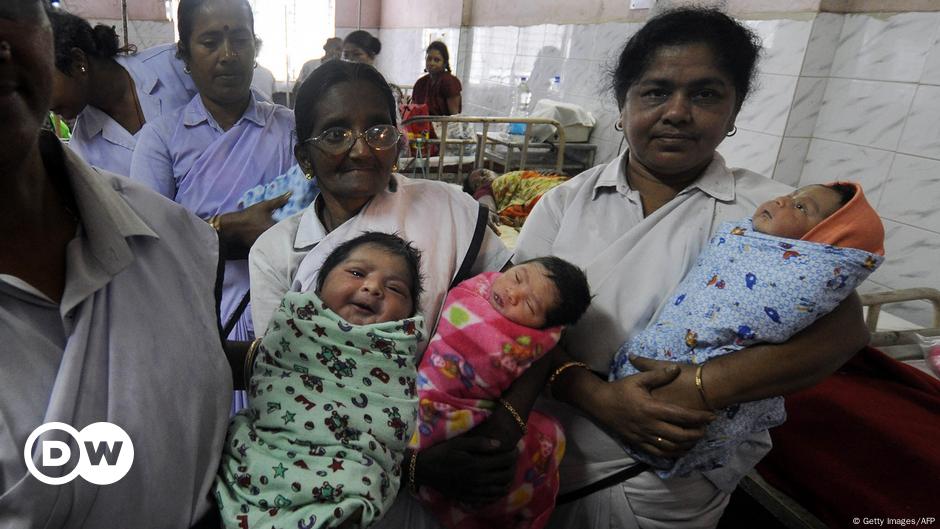


Shame develops with the child's self-consciousness.ĭoubt has to do with having a front and back - a "behind" subject to its own rules. If denied independence, the child will turn against his/her urges to manipulate and discriminate. This would prevent them from learning and maturing into a fully-developed person if the concept of trust versus mistrust was improperly learned, understood and used in all aspects of their lives. If a person loses their belief in hope they will struggle with overcoming hard times and failures in their lives, and may never fully recover from them. If an individual does not learn to trust themselves, others and the world around them then they may lose the virtue of hope, which is directly linked to this concept. For example, a person may hide themselves from the outside world and be unable to form healthy and long-lasting relationships with others, or even themselves. Therefore if the concept is not addressed, taught and handled properly during infancy (when it is first introduced), the individual may be negatively affected and never fully immerse themselves in the world. Developmental Task: Social attachment Maturation of sensory, perceptual, and motor functions Primitive causality.Įrikson proposed that the concept of trust versus mistrust is present throughout an individual’s entire life.Definition: Enduring belief that one can attain one’s deep and essential wishes.Positive Outcome: Trust in people and the environment.Main question asked: Is my environment trustworthy or not?.The balance of trust with mistrust depends largely on the quality of the maternal relationship. The child will not let its mother out of sight without anxiety and rage because she has become an inner certainty as well as an outer predictability. Mistrustĭeveloping trust is the first task of the ego, and it is never complete. His wife, Joan, later added the last stage after his death. Note Erikson first identified seven stages of development during his lifetime. Human personality, in principle, develops according to steps predetermined in the growing person's readiness to be driven toward, to be aware of, and to interact with a widening social radius. In his most influential work, Childhood and Society ( 1950), he divided the human life cycle into eight psychosocial stages of development. Erikson believed that childhood is very important in personality development and, unlike Freud, felt that personality continued to develop beyond five years of age. According to Erikson, experience in early childhood is important, but the individual also develops within a social context. This states that all mental illness can be traced to early experiences in childhood. Also, Erikson criticized Freud for his concept of originology. Erikson accepted many of Freud's theories (including the id, ego, and superego, and Freud's infantile sexuality represented in psychosexual development), but rejected Freud's attempt to describe personality solely on the basis of sexuality. 2.4 Middle & Late Childhood (6 - Puberty Years)Įrik Erikson developed the theory in the 1950s as an improvement on Sigmund Freud's psychosexual stages.


 0 kommentar(er)
0 kommentar(er)
